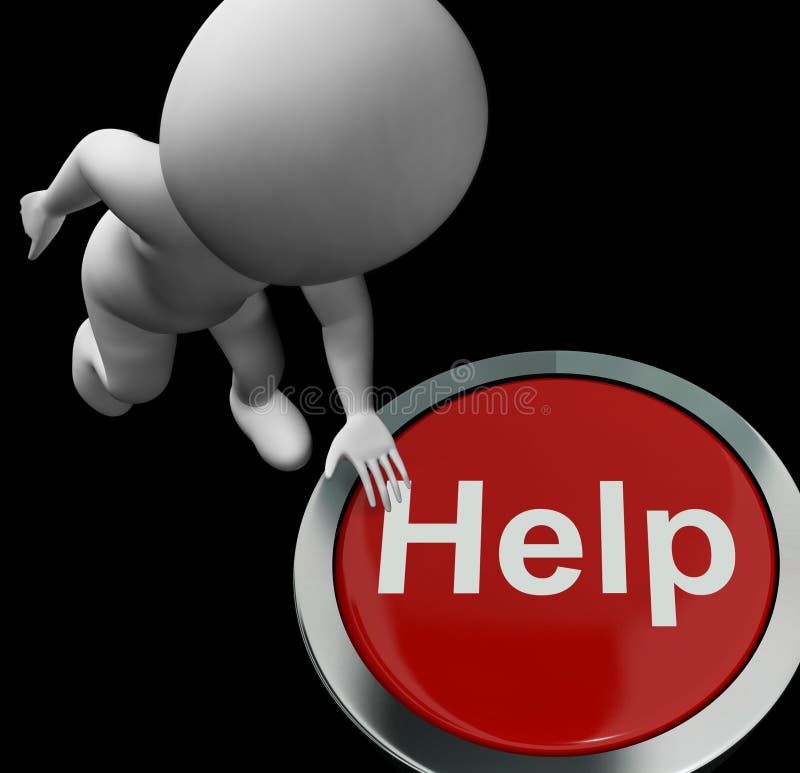Foot blisters are a common issue that can be painful and disrupt daily activities. They are caused by friction, usually as a result of poorly fitting shoes, excessive walking, or athletic activities. Understanding the causes and knowing how to prevent and treat foot blisters can help alleviate discomfort and promote healing.
Understanding Foot Blisters
Before diving into how to help foot blisters, it’s essential to understand what they are and why they occur. A blister is a small pocket of fluid within the upper layers of the skin, typically caused by friction or burns. In the context of foot blisters, friction is the most common culprit. This friction can be due to a variety of factors, including new shoes that haven’t been broken in, hiking or walking long distances, and engaging in sports that involve a lot of running or repetitive movements.
Prevention is the Best Cure
Preventing foot blisters is often easier than treating them. Several strategies can be employed to reduce the risk of developing blisters:
- Wearing Properly Fitting Shoes: Ensuring that shoes fit well and are appropriate for the activity can significantly reduce friction. It’s also a good idea to break in new shoes gradually to give your feet time to adjust.
- Using Moisture-Wicking Socks: Socks made from moisture-wicking materials can help keep feet dry, reducing friction. Changing socks regularly, especially during long hikes or runs, can also be beneficial.
- Applying Blister Prevention Products: There are various products available, such as blister shields, moleskin, or blister pads, that can be applied to areas prone to blistering before they occur.
- Taping: In some cases, especially for runners or hikers, taping sensitive areas of the feet can provide additional protection against friction.
Treatment of Foot Blisters
Despite preventive measures, blisters can still occur. Knowing how to treat them properly can help in healing and reducing discomfort:
- Leave it Intact: If a blister is small and not causing significant discomfort, it might be best to leave it intact. Covering it with a bandage can protect it from further irritation.
- Drainage: For larger blisters, drainage might be necessary. This should be done carefully with a sterile needle to avoid infection. It’s crucial to keep the area clean and cover it with a bandage after drainage.
- Apply Pressure Reducing Measures: Using donut-shaped moleskin pads around blisters can reduce pressure on the blister itself, allowing it to heal more comfortably.
- Keep it Clean and Covered: Keeping the blister clean and covered can prevent infection and help it heal faster. Apply an antibiotic ointment and cover with a bandage.
- Rest: Giving your feet rest, especially from the activity that caused the blister, can allow the blister to heal faster.
Advanced Care and Considerations
For some individuals, especially those with diabetes or circulatory issues, foot blisters can be more than just a nuisance; they can be a serious health concern. In such cases, professional medical advice is crucial. Additionally, if a blister becomes infected, characterized by increased redness, swelling, and pus, medical attention is necessary.
FAQs
How long does it take for a foot blister to heal?
+The healing time for a foot blister can vary depending on its size and depth, as well as the effectiveness of the treatment. On average, a blister can take anywhere from a few days to two weeks to heal completely.
Can I still exercise with a foot blister?
+It's generally advisable to avoid activities that caused the blister until it has healed. However, if the blister is small and well-protected, and the activity is not exacerbating the condition, it might be possible to continue with modified exercise routines. It's essential to listen to your body and avoid further irritation.
How can I prevent foot blisters when hiking?
+Preventing foot blisters when hiking involves wearing properly fitting hiking boots, breaking them in before long hikes, using moisture-wicking socks, and applying blister prevention products to high-friction areas. It's also a good idea to bring spare socks and to change them if they become wet.
Conclusion
Foot blisters, while often painful and inconvenient, can be managed with the right preventive measures and treatment strategies. By understanding the causes, employing preventive techniques, and knowing how to treat blisters when they occur, individuals can reduce discomfort and promote healing. For those with underlying health conditions, it’s crucial to seek medical advice to avoid complications. With a little care and attention, it’s possible to keep your feet healthy and blister-free, whether you’re an avid hiker, a casual walker, or simply going about your daily activities.



